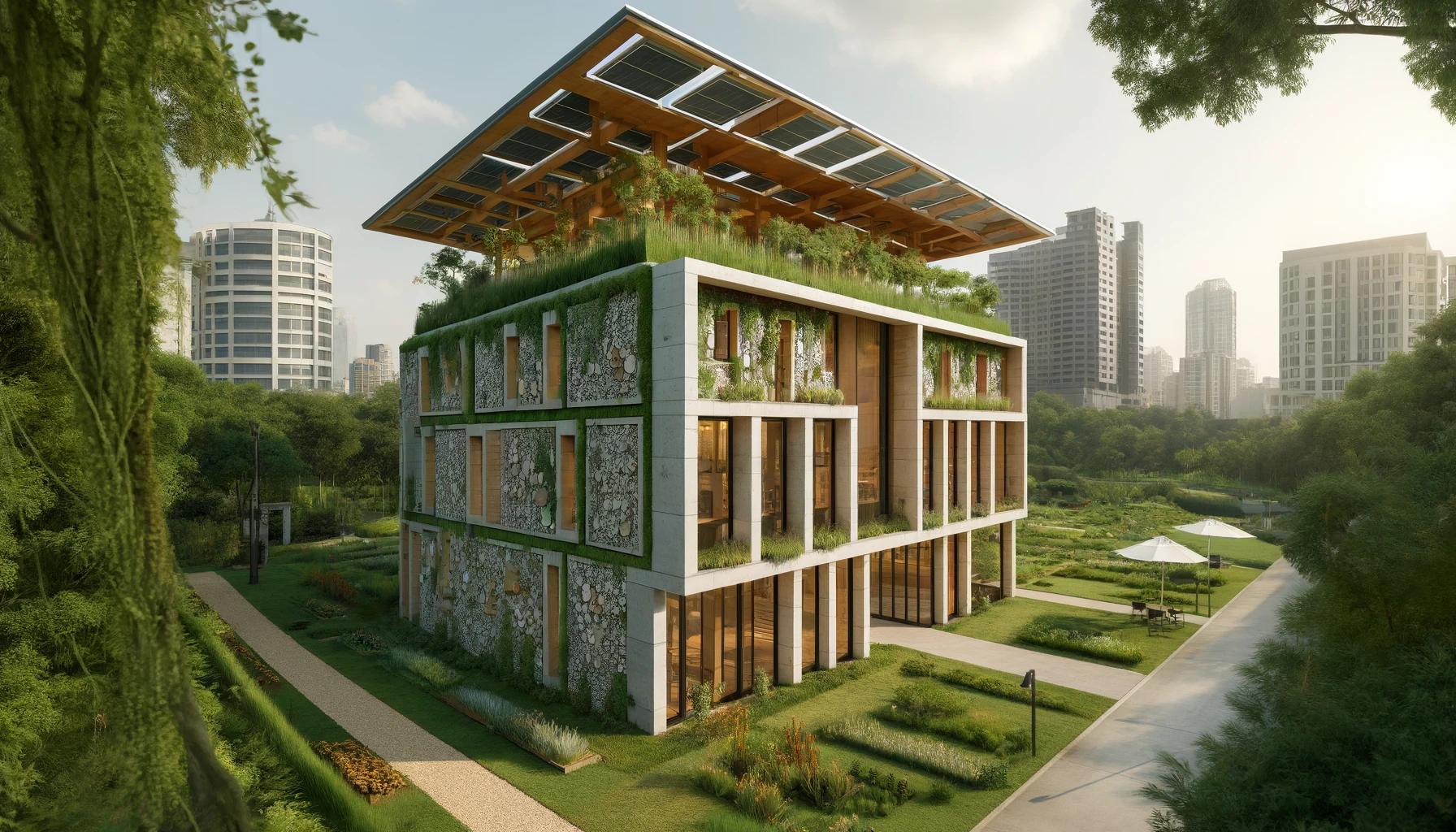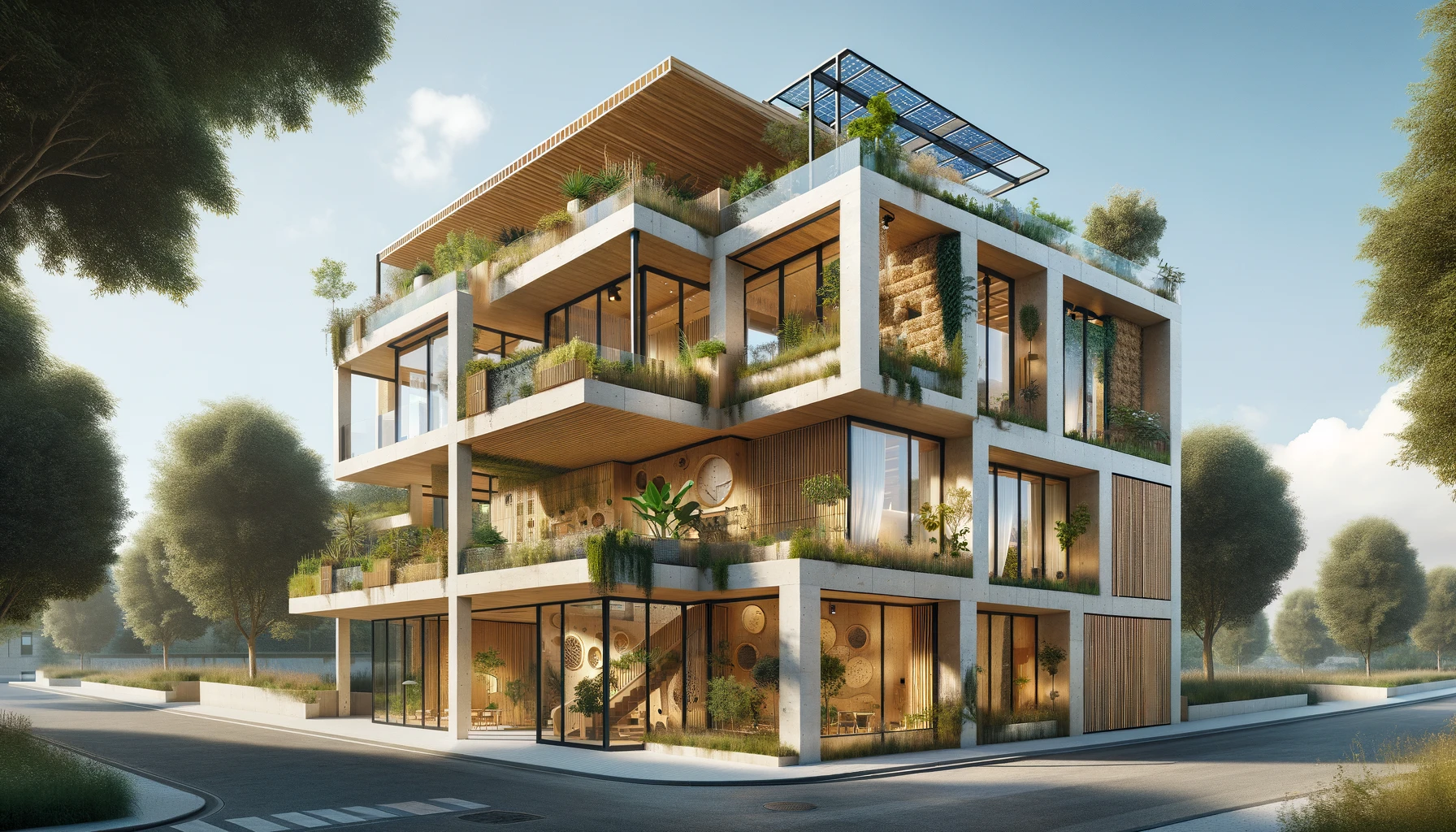As the global population continues to grow and urbanize, the demand for building materials has surged. Traditional materials like wood and concrete, while widely used, have significant environmental impacts. Deforestation for timber and the carbon-intensive process of cement production contribute heavily to climate change. Consequently, there is a growing awareness and urgency within the construction industry to adopt more sustainable practices and materials to reduce our ecological footprint.
In this blog post, we will explore various sustainable building materials that go beyond the traditional wood and concrete. We’ll delve into the benefits and applications of laminated bamboo, medium-density fiberboard (MDF), and polyvinyl chloride (PVC). Additionally, we’ll highlight innovative options like hempcrete, recycled steel, mycelium, and cross-laminated timber (CLT). By examining these alternatives, we aim to inspire and inform industry professionals, homeowners, and eco-conscious individuals about the potential of these materials to transform modern construction.
The Importance of Sustainable Building Materials
The construction industry is one of the largest contributors to environmental degradation, primarily due to the extensive use of wood and concrete. Traditional timber harvesting leads to deforestation, loss of biodiversity, and increased carbon emissions. Similarly, the production of concrete is responsible for around 8% of global CO2 emissions, primarily due to the energy-intensive process of cement production. As a result, the need for sustainable building materials has never been more critical.
Sustainable building materials offer numerous environmental benefits. They help reduce carbon emissions, utilize renewable resources, and often have a lower environmental impact over their lifecycle. Beyond the environmental advantages, sustainable materials can also offer economic benefits, such as lower long-term costs due to their durability and reduced maintenance requirements. Moreover, these materials can improve indoor air quality and overall health for building occupants by minimizing the use of toxic chemicals and promoting better air circulation.
Laminated Bamboo
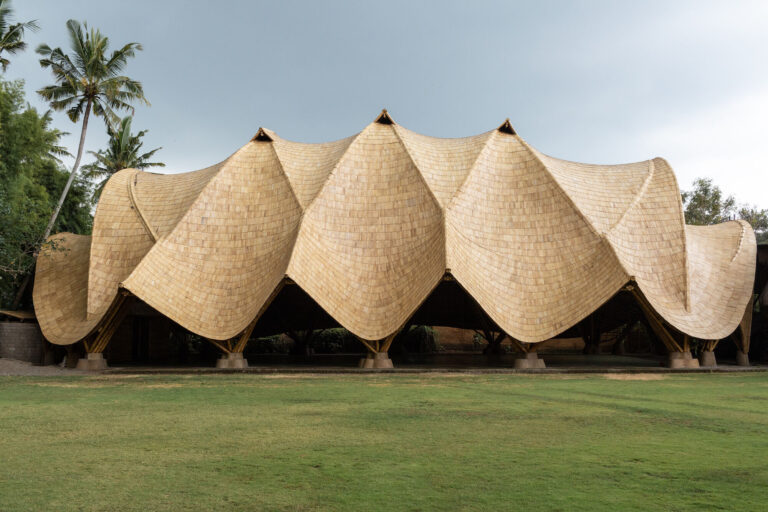
Laminated bamboo is rapidly gaining popularity as a sustainable building material. Known for its fast growth rate, bamboo is one of the most renewable resources available. It can be harvested in three to five years, compared to the decades required for traditional hardwoods. This rapid renewability makes bamboo a highly sustainable option for construction.
In terms of performance, laminated bamboo is incredibly strong and durable. It boasts a higher tensile strength than steel and compressive strength comparable to concrete, making it suitable for various structural applications. It is also resistant to pests and moisture, which enhances its longevity. Common uses of laminated bamboo in construction include flooring, paneling, and structural components such as beams and trusses.
Several case studies have demonstrated the effectiveness of laminated bamboo in construction. For example, the Green School in Bali, Indonesia, utilizes bamboo extensively in its design, showcasing its potential as a primary building material. The school’s structures not only highlight the material’s strength and beauty but also its sustainability, creating a learning environment that embodies eco-friendly principles.
Medium-Density Fiberboard (MDF)
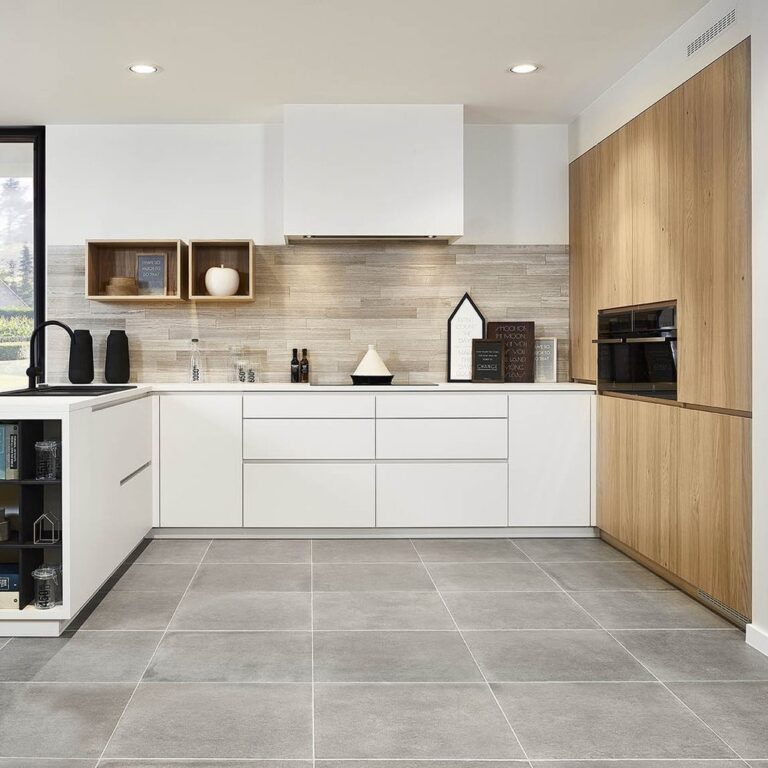
Medium-density fiberboard (MDF) is another sustainable building material that offers significant environmental benefits. MDF is manufactured from recycled wood fibers and resin, making it a resource-efficient product. By utilizing waste wood that would otherwise be discarded, MDF helps reduce the demand for virgin timber and minimizes waste.
The production process of MDF has evolved to become more environmentally friendly. Modern MDF uses low formaldehyde or formaldehyde-free adhesives, reducing harmful emissions during manufacturing and use. This makes MDF a safer option for indoor applications, contributing to better indoor air quality.
MDF is highly versatile and can be used in a variety of interior applications. It is commonly used for furniture, cabinetry, wall panels, and decorative molding. Its smooth surface and ease of machining allow for intricate designs and finishes, making it a popular choice for custom interior elements. Additionally, MDF’s cost-effectiveness and availability in large panels make it an attractive alternative to solid wood.
Polyvinyl Chloride (PVC)
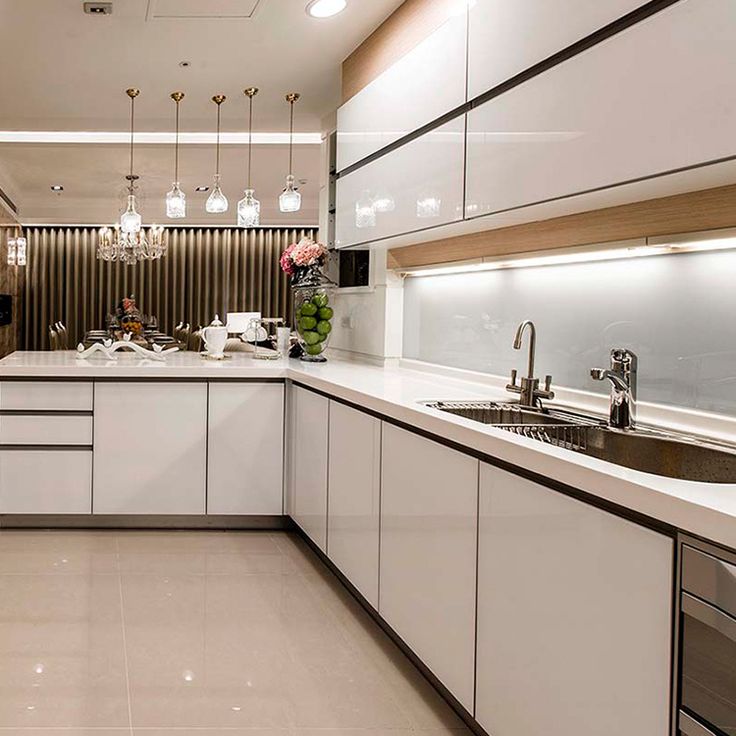
Polyvinyl chloride (PVC) has often been criticized for its environmental impact, but advancements in recycling and production processes have made it a more sustainable option. Today, eco-friendly variants of PVC are available, featuring lower emissions and improved recyclability. These advancements have repositioned PVC as a viable material in sustainable construction.
PVC’s durability and resistance to moisture, chemicals, and UV radiation make it an ideal choice for various applications. It is commonly used in plumbing, window frames, siding, and flooring. The material’s longevity reduces the need for frequent replacements, contributing to its overall sustainability by lowering the material consumption over a building’s lifecycle.
Moreover, PVC can be recycled multiple times without significant loss of quality. This recyclability helps mitigate its environmental impact by reducing the need for virgin material production and minimizing waste. Innovations in PVC recycling technologies continue to enhance its sustainability profile, making it a more eco-friendly choice for modern construction projects.
Sustainable Wood Options
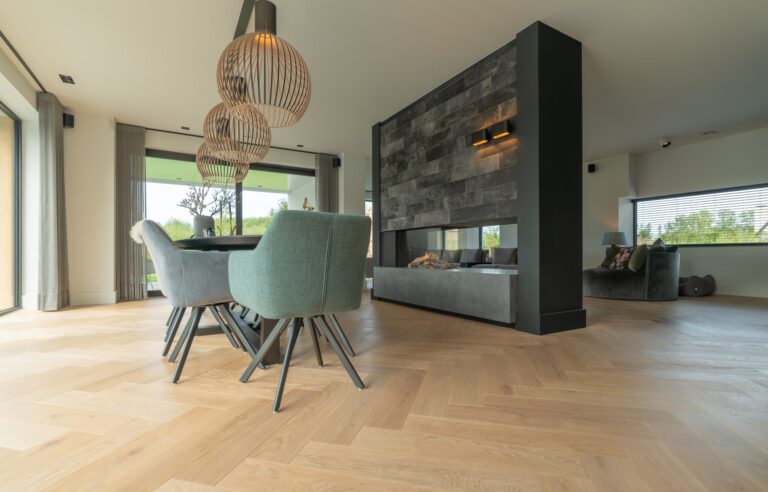
While traditional wood poses sustainability challenges, there are eco-friendly alternatives available. Certified wood, such as Forest Stewardship Council (FSC) certified wood, ensures that the timber is harvested from responsibly managed forests. This certification promotes sustainable forest management practices, helping to protect ecosystems and reduce deforestation.
Reclaimed and salvaged wood are also excellent sustainable options. By repurposing wood from old structures, barns, and factories, these materials reduce the demand for new timber and minimize waste. Reclaimed wood often has a unique character and historical value, adding aesthetic appeal to construction projects.
Sustainable wood options are suitable for a wide range of applications, including flooring, furniture, cabinetry, and structural components. They offer the warmth and beauty of traditional wood while supporting eco-friendly practices. Using certified or reclaimed wood can significantly reduce the environmental impact of a construction project, making it a preferred choice for sustainable building.
Other Innovative Sustainable Materials
Exploring beyond the more common sustainable materials, there are several innovative options that offer unique benefits and applications:

Hempcrete
Hempcrete is a bio-composite material made from hemp fibers and lime. It is lightweight, insulating, and carbon-negative, meaning it absorbs more CO2 than it emits during its lifecycle. Hempcrete is used for wall construction and insulation, providing excellent thermal and acoustic properties. Its natural resistance to pests and mold further enhances its sustainability and durability.
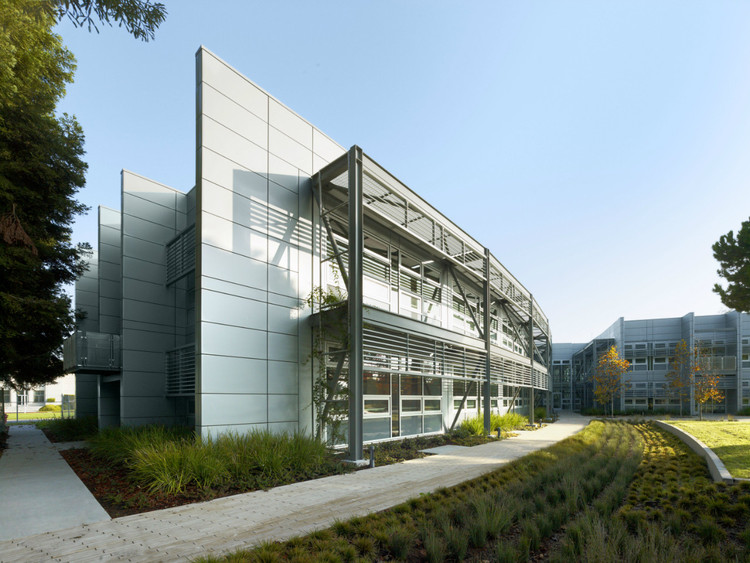
Recycled Steel
Steel is one of the most recyclable materials, with recycled steel offering significant environmental benefits. Using recycled steel reduces the need for mining and processing raw materials, which are energy-intensive processes. Recycled steel is highly durable and strong, making it suitable for structural components and framing. Its long lifespan and recyclability at the end of its use contribute to a circular economy in construction.

Mycelium
Mycelium, the root structure of fungi, is an emerging sustainable material with promising applications. It can be grown into various shapes and forms, creating lightweight and insulating products. Mycelium is biodegradable and can be used for insulation, packaging, and even furniture. Its unique properties and eco-friendly nature make it a fascinating material for innovative construction solutions.
Conclusion
Exploring and adopting sustainable building materials is crucial for reducing the environmental impact of the construction industry. Materials like laminated bamboo, MDF, PVC, and various innovative alternatives offer significant benefits over traditional wood and concrete. These sustainable options not only reduce carbon emissions and resource consumption but also provide economic and health advantages.
Innovation in sustainable materials continues to drive the construction industry towards greener practices. By choosing eco-friendly materials, builders and homeowners can contribute to a more sustainable future. Whether it’s through using rapidly renewable resources like bamboo, recycling materials like steel, or exploring new frontiers with mycelium and hempcrete, the possibilities are vast and promising.
As we move forward, it is essential to prioritize sustainability in construction practices. Embracing these lesser-known sustainable building materials can significantly reduce our ecological footprint and create healthier, more resilient built environments. The journey towards sustainable construction starts with informed choices, and by considering these alternatives, we can build a better future for generations to come.

